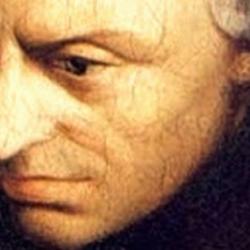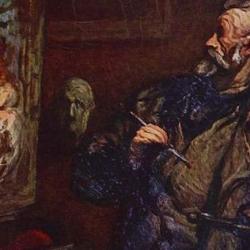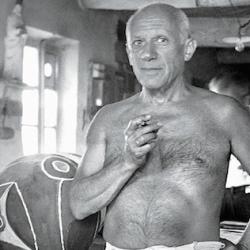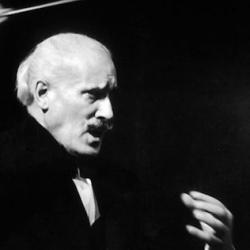Taruskin also gives a new summary of the artistic theory behind many of the lamentations of classical music’s collapse, which he traces from Mendelssohn through Kant to Schopenhaur and Adorno: “The main tenet of the creed is the defense of the autonomy of the human subject as manifested in art that is created out of a purely aesthetic, hence disinterested, impulse. Such art is without utilitarian purpose (although, as Kant famously insisted, it is ‘purposive’), but it serves as the symbolic embodiment of human freedom and as the vehicle of transcendent metaphysical experience.” Taruskin calls this “the most asocial definition of artistic value ever promulgated, since it leaves artists “responsible to themselves alone” so they can “provide a model of human self-realization. All social demands on the artist – whether made by church, state, or paying public – and all social or commercial mediation are inimical to the authenticity of the creative product.”
This belief in the “transcendent human value of creative labor has always invested German romantic aesthetics with the trappings of a secular or humanistic religion.” As such, it was seen as a “counterforce to the instrumentalizing and rationalizing tendencies of ‘administered’ capitalist society, which turns human subjects into objects of economic exploitation.”











